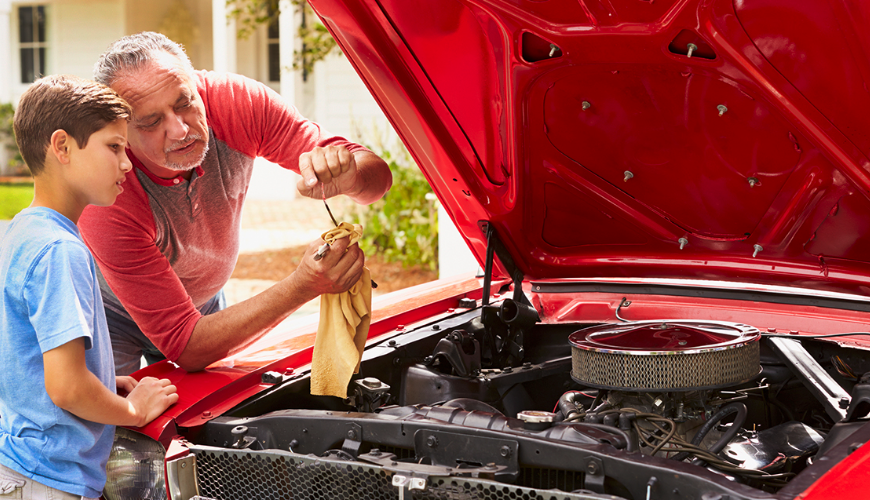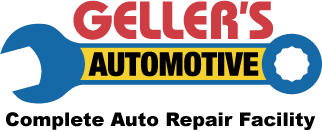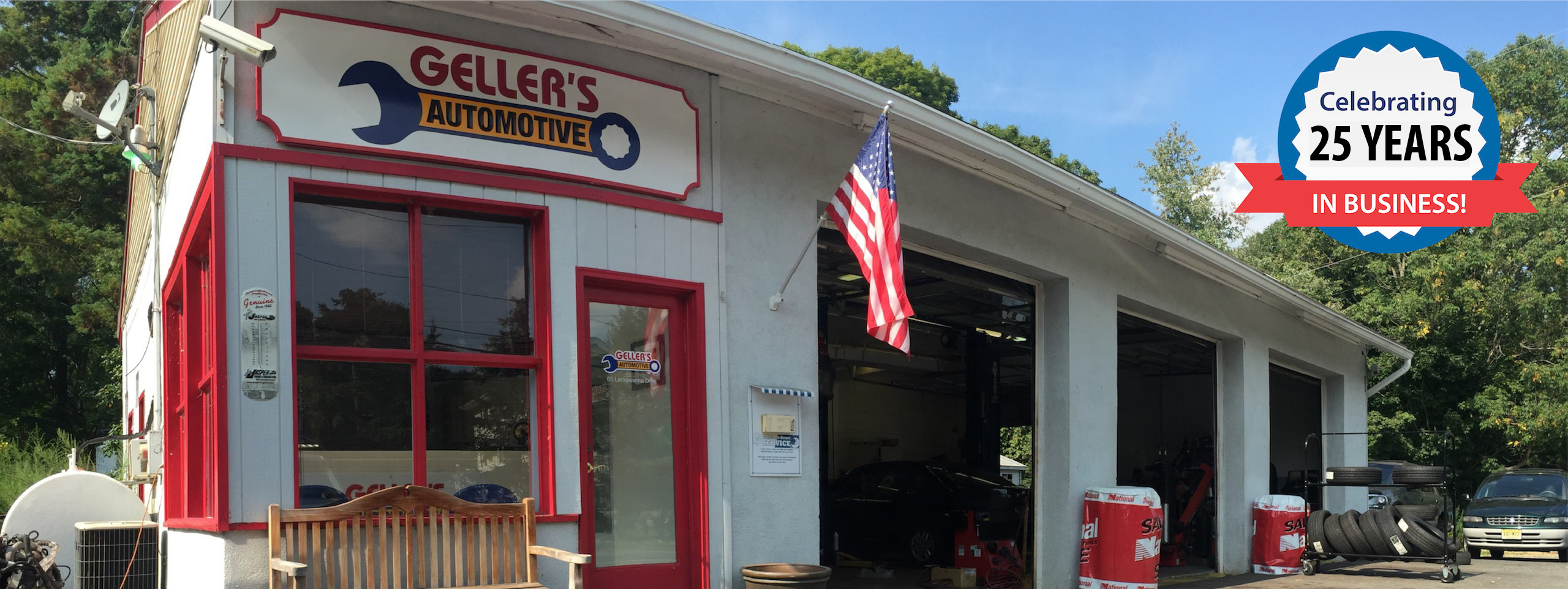
With today’s vehicles and the way they run so well, it’s somewhat easy to forget about maintenance. Before you know it, you’ve accumulated a lot of mileage. While it may appear that your vehicle is running well, in time, forgetting about or forgoing routine maintenance can take a toll on engine life. Not only does it dramatically lessen the life of your vehicle, you will also begin to notice you are paying more for repairs and fuel. The key to increasing vehicle longevity is to take an active role in car maintenance – checking under the hood. Read on to learn more.
Checking under the hood at least once a month is a wise investment of your time and effort. Not only will you be more aware of what’s happening with your vehicle, you will be able to identify potential problems and have them addressed before they become major repair issues. When you bring your vehicle into our shop in Byram, New Jersey, we always complete a courtesy inspection of major engine components. The reason we do this is to make sure you are driving a vehicle that is mechanically-safe and also so you can replace worn parts before they fail. Checking under the hood is a little like doing the same thing.
When checking under the hood, you will want to include the following:
- Engine Oil: The oil is the lifeblood of your vehicle. When oil levels are too low, serious damage can occur to the engine. You will want to check the engine oil to make sure there is enough oil. You will also want to take a look at the quality of the oil. When checking the engine oil level, make sure the engine is turned off. Find and remove the oil dipstick and then wipe off the end of the stick. While doing so, take note of where the markings for “Full” and “Add” are located. Push the dipstick back into the tube until it seats, then pull the dipstick back out and check the level of oil. Do not add oil unless the level is below “Add.” Likewise, when having to add oil, you do not want to put so much oil in that the level is above “Full.” If you notice that you have to frequently add oil or the oil is very dirty, schedule an appointment with us. There may be a leak or something may be causing the oil to foul quickly.
- Transmission Fluid: When it comes to car maintenance, most people never even consider checking the transmission fluid, yet this too, is a fluid that is vital to your engine’s performance. To check the transmission fluid, this time you want the engine to be running. Also, your vehicle should be on a level surface. Go through the owner’s manual to see how to check the fluid. If you find that you have to add transmission fluid or that it is black in color and/or smells like its burnt, you will want to have the transmission checked out right away.
- Brake Fluid: The brake fluid is another vital fluid that is often overlooked for car maintenance. Your owner’s manual will tell you how to check the brake fluid. It’s a closed system, so if you have to add fluid, there’s a problem. Have your brakes checked out right away.
- Power Steering Fluid: Look for the power steering fluid reservoir. There’s usually a small dipstick attached to the cap of the reservoir. Remove the cap and check the level. Just like the transmission and brake fluid, if you have to add fluid more than once or twice a year, there’s most likely a leak in the system. Have it checked.
- Coolant/Antifreeze: This engine fluid is responsible for making sure the engine doesn’t overheat or freeze. A 50/50 mixture of antifreeze and water circulates through the engine starting with the radiator. As it goes through the circular system, it removes heat from the engine. Never remove the radiator cap while the engine is hot. Also, you never want to add only antifreeze or only water – you will cause engine damage. When checking the level of coolant, find the cooling system reserve tank and take note of the level according to the temperature of the engine. If the level frequently goes below “Full Cold,” you need to have the system checked as soon as possible. If you don’t, the engine will begin to run hotter or there could be a leak that would prevent coolant from doing its job. An overheated engine could become a severely damaged engine.
- Windshield Washer Fluid: While you’re under the hood, it’s a good idea to check the windshield washer fluid. Add as needed.
- Belts and Hoses: Take a quick look at the condition of the belts and hoses. If you notice any cracking or bulging of hoses, have them replaced. Likewise with belts you are looking for cracking, glazing, tears or anything that looks abnormal.
With your busy schedule, we understand you may not always have the time to check under the hood. As mentioned in this post, we will complete a courtesy inspection each time you bring your vehicle to our shop for service or repair. Click here to schedule your next car maintenance appointment.



